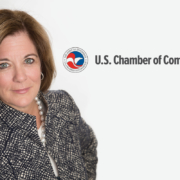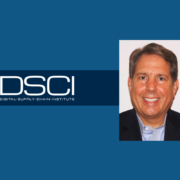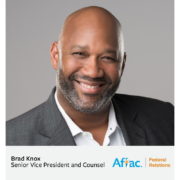How Rebuilding our Infrastructure Can Rebuild Our Economy
With the immensely challenging year of 2020 now in the rearview, all of us are looking ahead with a sense of hope and optimism for a better 2021. With this new year comes a new administration and Congress and fresh opportunities to work constructively and collaboratively to rebuild an economy ravaged by the COVID-19 pandemic.
Our economic recovery first requires eradicating the virus. With mass vaccinations underway and continued public health efforts, we can reduce the spread and relieve the stress on our health care system. Those are crucial steps toward restoring confidence, so people are willing and able to get back out into their communities to gather, work, and support businesses large and small.
Recovery also requires building a governing coalition committed to bipartisan solutions that ensure broad-based economic prosperity. Rebuilding our infrastructure—something everyone agrees we need to do—offers an immediate way for Congress and the new administration to show their commitment to this effort.
While support for rebuilding infrastructure is broad and bipartisan, action is long overdue, because the need for it is enormous. The American Society of Civil Engineers estimates that if we don’t adequately invest in infrastructure, over the next twenty years it will cost the average American household $3,300 annually.
Government and business leaders know rebuilding our infrastructure will not only quickly create millions of good-paying jobs, it also will put the U.S. economy on a solid footing to compete globally.
Recently the Chamber and the Bipartisan Policy Center launched a new “Build By the Fourth” campaign. A diverse coalition of nearly 200 national and local organizations have united in urging lawmakers to pass a fiscally and environmentally responsible package by July 4.
This coalition of business, labor, and environmental groups believe that a comprehensive infrastructure package should:
- Repair and update our infrastructure
- Stimulate our economy and create jobs
- Promote fiscally and environmentally responsible policies
- Improve federal project approvals
- Address the digital divide
The breadth of this coalition shows that the private sector is broadly behind this effort—and we are calling on the public sector to also make it a priority. We stand together ready to help Congress and the Biden administration get this done. We won’t agree on every element, but we do know that by working together we can build better infrastructure and economy for all Americans. It’s time to start moving.
–Suzanne P. Clark, President, U.S. Chamber of Commerce
Suzanne P. Clark is president of the U.S. Chamber of Commerce, the world’s largest business organization representing employers of every size and sector, in Washington, across the country, and around the globe.





